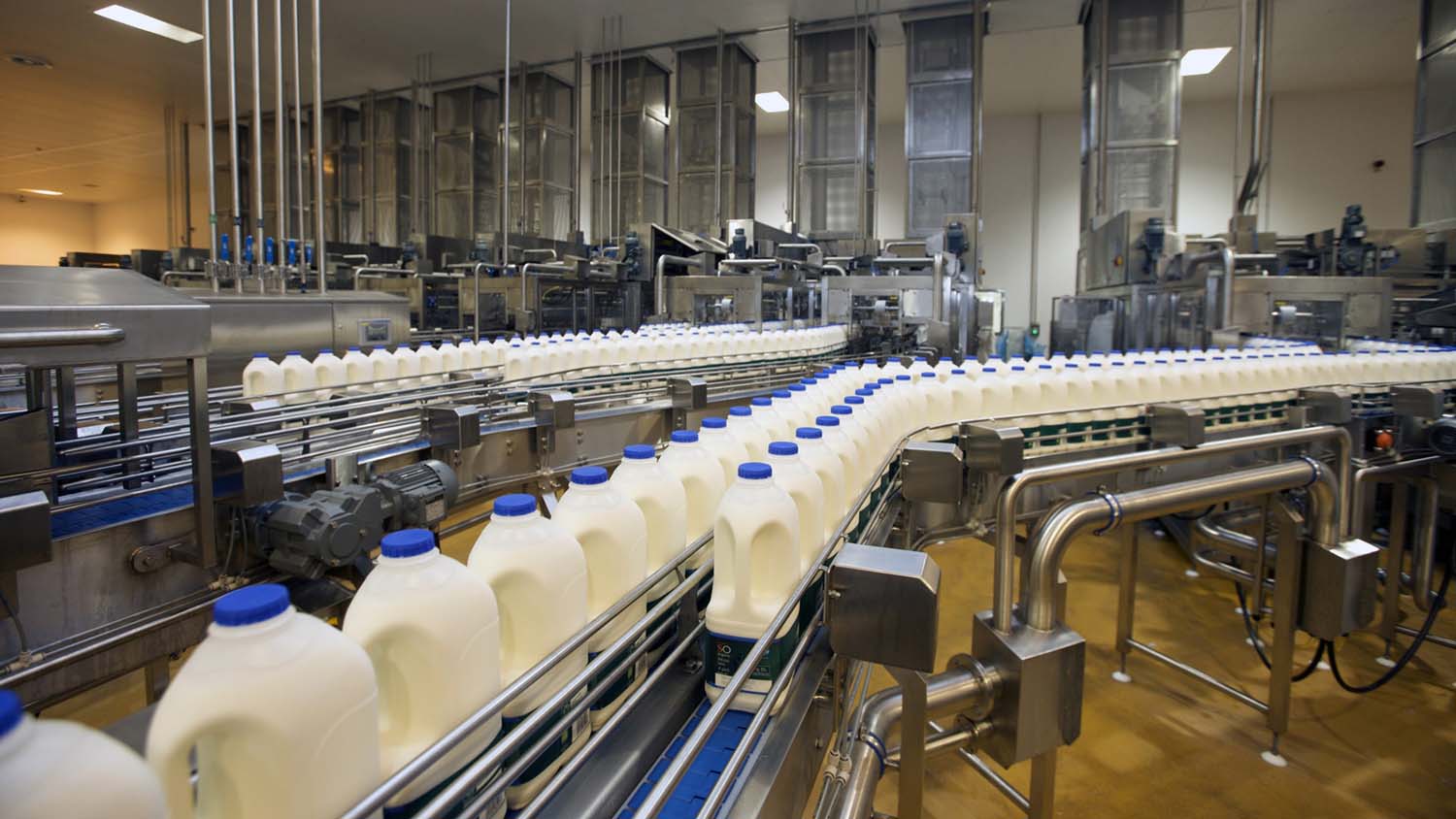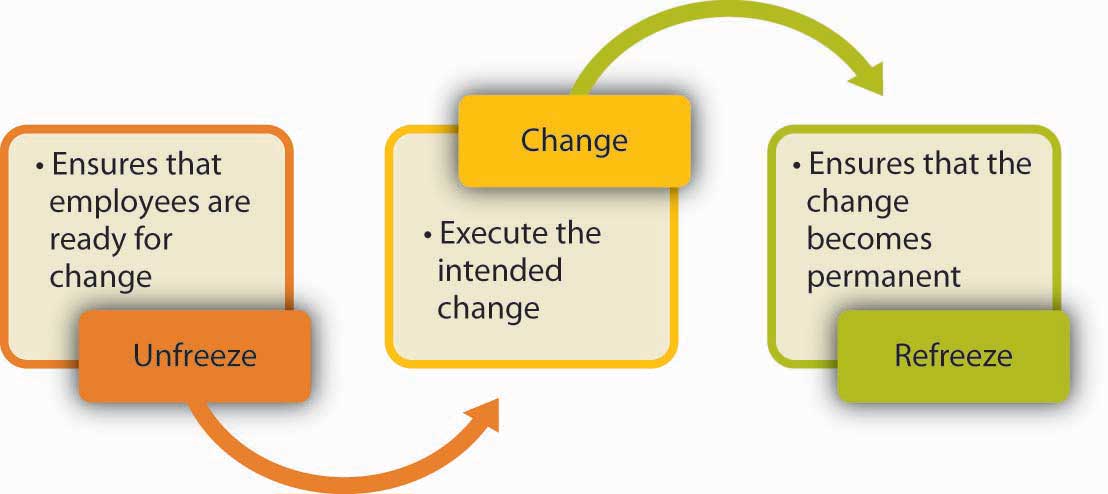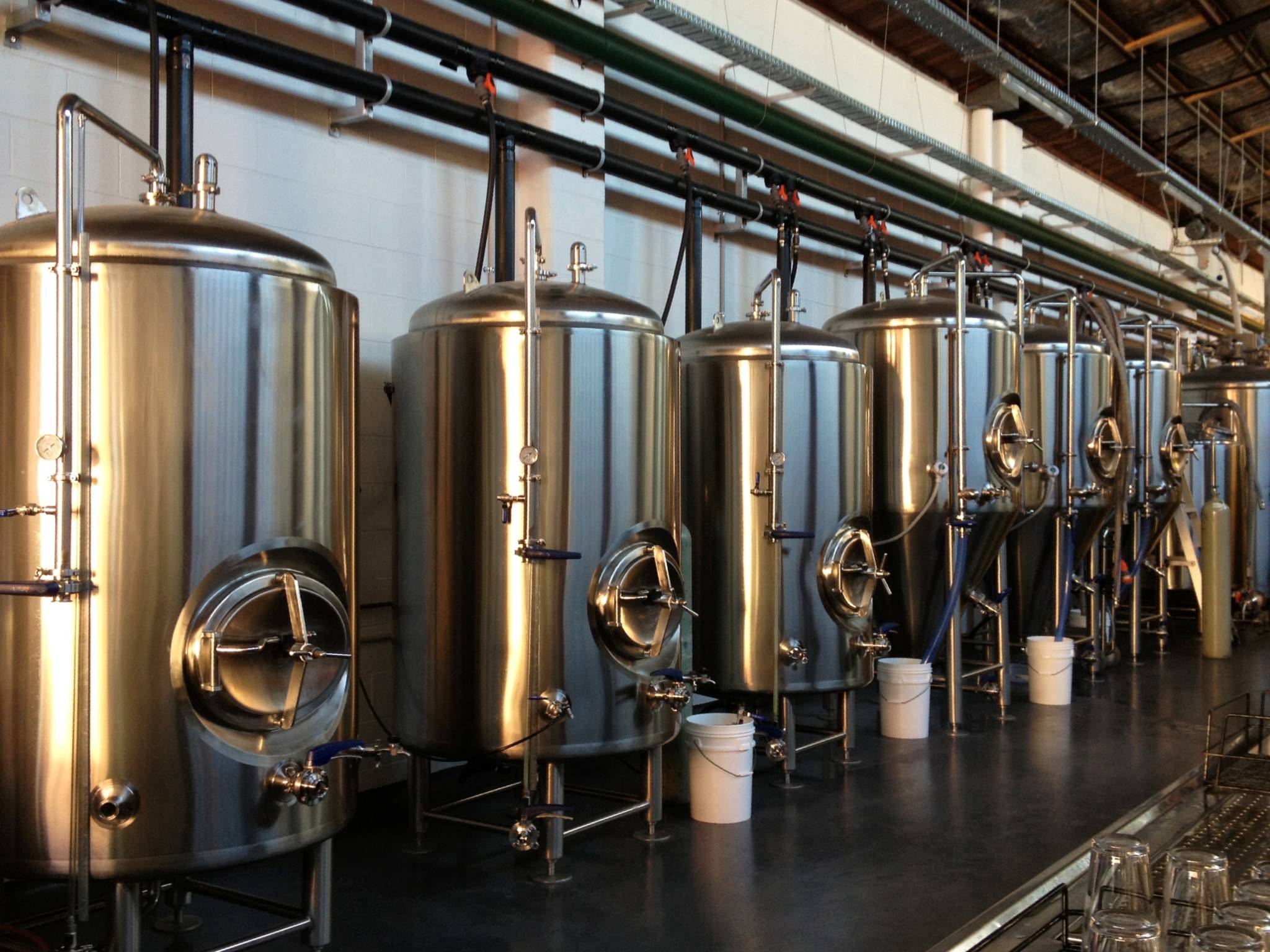I had a look at Greenhouse gas emissions in Ireland because it seems to be a hot topic. The following is the breakdown:
- Agriculture at 32%.
- Energy generation 22%
- Transport 19%
- Industry 15%
- Residential 10%
- Waste 2%
Notes on Greenhouse Agricultural emissions
Agricultural greenhouse emissions globally are 11-12%.
The reason that Ireland’s agricultural emissions are so high is because of our grass based dairy and beef enterprises.
Ruminants (cattle and sheep) produce about 85% of agricultural greenhouse gases due to Methane being produced by gas belches from these animals. A further gas called Nitrous Oxide is produced when there is dung expulsion from the animal.
The application of artificial fertilisers will also cause Nitrous Oxide emissions.
Methane will survive for 13 years in the atmosphere and Nitrous Oxide will survive for 120 years.
What can farmers do to reduce emissions.
After looking at some Teagasc and Government papers I conclude the following possible mitigating actions:
- Reduce the number of cattle. This will immediately stunt our rapidly growing dairy industry post quota, thereby reducing our national income. Individual farmers are also heavily indebted to banks due to farm improvement initiatives post quota.
- Modify cattle breeding to produce animals that emit less gases.
- Change cattle feed. For Ireland’s dairy industry this includes changing grass species to clover varieties.
- Change the fertiliser. It is not specified to what types. Low emission slurry management and spreading on land would be part of this strategy.
- Build Anaerobic digesters on farms or groups of farms to capture methane gases for agricultural waste including slurry to supply energy.
- Plant more trees and hedgerows, these will extract CO2 (another greenhouse gas) from the atmosphere and emit oxygen in its place.
- Promote or preserve bog lands. Wetlands trap CO2 as sinks. When bogs are harvested for turf or reclaimed, they release CO2 gas to atmosphere.
- Allow agricultural land to act as a sequestering agent. This strategy will include promoting the use of more mature meadows. However the efficiency of grass feed may be reduced as it is currently the practice to re-plough and re – seed after 6-7 years.
Greenhouse emissions reduction is the next big challenge to Ireland’s agriculture in particular the rapidly expanding Dairy industry.





